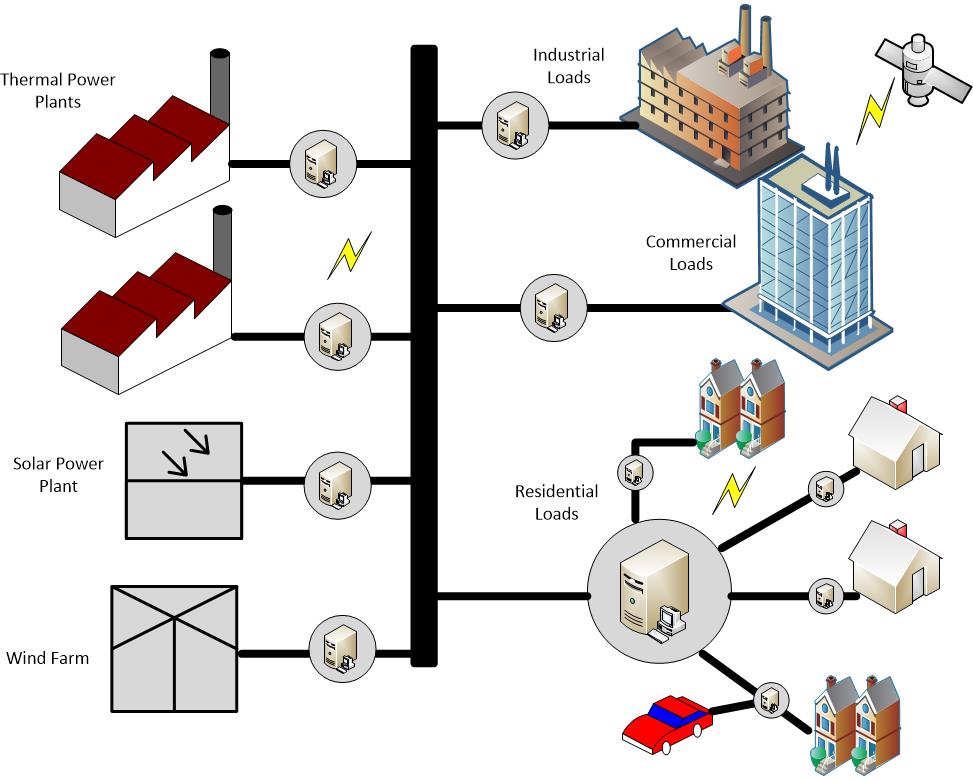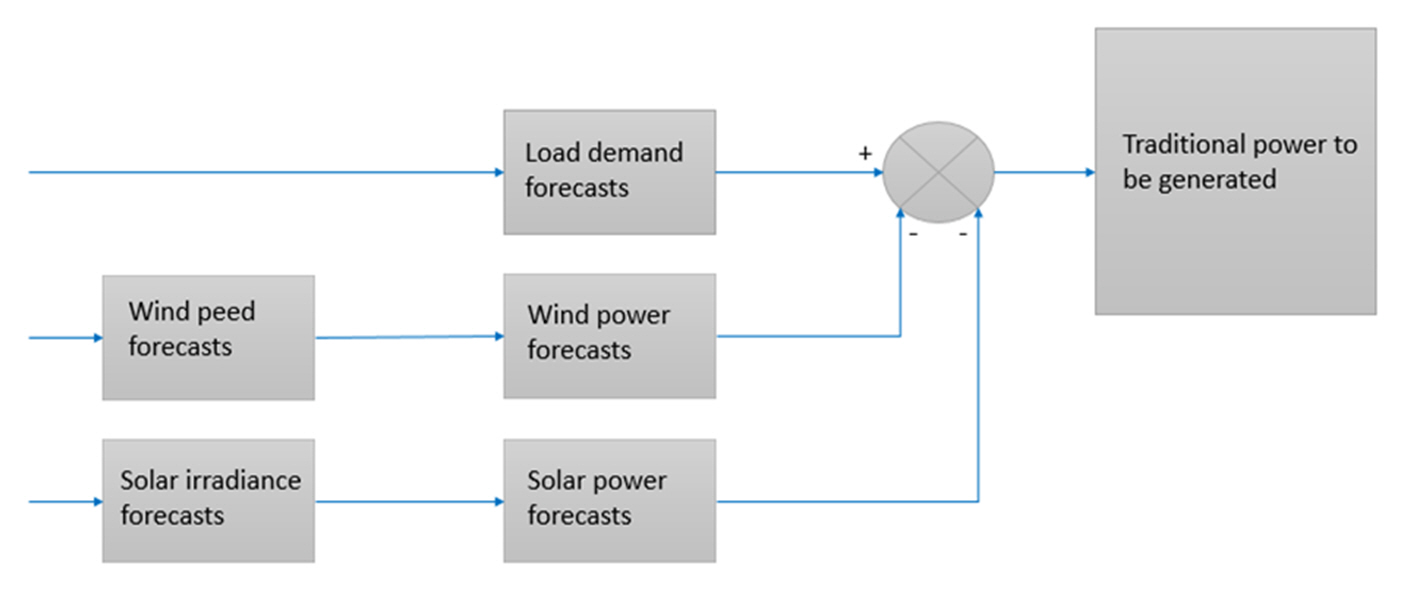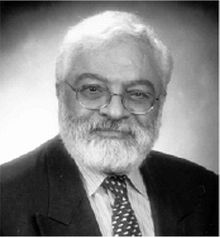Projects
-
Summary: State convergence scheme was proposed in 2004 to overcome the modeling issues and the difficulty in assigning the desired dynamic behavior to the tele-operation systems. It was originally proposed for linear master/slave devices which communicate over a communication channel offering a fixed small time delay. Later, the scheme was extended to cover the cases of non-linear tele-operation systems with a variable time delay in the communication channel using the adaptive control theory. However, the use of this scheme for the control of non-linear tele-operation systems which can be approximated by a class of Takagi-Sugeno fuzzy (TS) models has not been explored yet. This forms the objective of the present study. TS fuzzy models can approximate the non-linear systems to an arbitrary degree of accuracy as determined by the number of rules and designing controllers based on these models will ensure the large range operation of the non-linear systems. Thus the proposed study will add another type of non-linear controller i.e., TS fuzzy controller to the existing body of literature for the bilateral control of non-linear tele-operation systems based on the method of state convergence.
Bio: Umar Farooq received the B.Sc. and M.Sc. degrees in electrical engineering from University of Engineering & Technology Lahore Pakistan in 2004 and 2011 respectively. He is currently a PhD candidate at Department of Electrical and Computer Engineering at Dalhousie University Halifax N.S., Canada. His research interests include fuzzy logic, neural networks and their applications.
Publications:
- Farooq, J. Gu, M. El-Hawary, G. Abbas and M. U. Asad, “State convergence based bilateral control of nonlinear teleoperation system represented by TS fuzzy models,” 2016 12th IEEE International Conference on Control and Automation (ICCA), Kathmandu, 2016, pp. 1002-1007.
doi: 10.1109/ICCA.2016.7505411 - Farooq, J. Gu, M. El-Hawary, M. U. Asad and G. Abbas, “Fuzzy Model Based Bilateral Control Design of Nonlinear Tele-Operation System Using Method of State Convergence,” in IEEE Access, vol. 4, no. , pp. 4119-4135, 2016.
doi: 10.1109/ACCESS.2016.2558524 - Farooq, J. Gu, M. E. El-Hawary, M. U. Asad and G. Abbas, “Fuzzy bilateral control of time delayed nonlinear tele-robotic system in unknown environments through state convergence,” 2016 2nd International Conference on Robotics and Artificial Intelligence (ICRAI), Rawalpindi, Pakistan, 2016, pp. 81-86.
doi: 10.1109/ICRAI.2016.7791233
- Farooq, J. Gu, M. El-Hawary, G. Abbas and M. U. Asad, “State convergence based bilateral control of nonlinear teleoperation system represented by TS fuzzy models,” 2016 12th IEEE International Conference on Control and Automation (ICCA), Kathmandu, 2016, pp. 1002-1007.
-
The synthesis of an electric power system grid is convoluted in light of the fact that it consists numerous inner and outer components, for example, generators, transmission lines, transformers, circuit breakers, and loads. The systems experience diverse states, for example, typical, emergency, and restorative states. Also being liable to missing certain information or having undermined data which can make it troublesome for the control center administrator to decide the precise condition of the system more hard. State estimation is a vital equipment in monitoring the power electric networks. As the magnitude of the electric networks continues growing, a state estimator must be more computationally viable and robust. The renewable specialized solutions for these issues can be found by efficient methods which can provide us a clear picture of the present condition of the electrical system by observing the conduct of phase and voltage magnitude.
In this research, the significant thought is to minimize the residual of the balanced load flow real time measurements. These measurements classified into power injections include net active and reactive power injections and flows. A few methods including artificial neural network, evolutionary algorithms (EA), metaheuristic non-calculus-based optimization technique, and decoupling methods are implemented utilizing IEEE 5 bus system, 14 bus system, IEEE 30 bus system, IEEE 57 bus system, IEEE 118 bus system, and IEEE 300 bus system in order to obtain the best performance of these methods which can be represented by the conduct of phases and magnitude voltages. -
My research interests are in developing a model for optimal dispatch problem applied in a smart grid environment and developing or selecting a suitable algorithm or algorithms to solve the problems with different constraints. The model will be used to solve optimal dispatch problems and other problems such as: optimal power flow, unit commitment and short term hydrothermal scheduling for a smart grid environment. The main objectives of smart grid include the optimization of energy production, minimization of the production cost, integration of renewable energy resources and implementation of real time pricing and billing. Each problem will be effected by the objectives of the smart grid and the tools used to implement these objectives such as demand side management (DSM) and load forecasting. There are many constraints in the problems treated such as generators capacity, ramp rate limit, and prohibited operational zones. There is also the problem of valve point effects for thermal driven units which will change the fuel cost equation of the generators, which categorizes it as non-smooth and non-convex problem. This model will define the changes in all these constraints, handle the injection of wind power in the power network and the application of DSM measures at peak load times.

-
The global electrical energy demand is projected to double by 2050 as a result of developing countries’ growing use of electricity, their expanding population, and the increasing electrification of loads such as vehicles, domestic heating, and cooling.
The increase of network interconnection and the addition of more generators to the electrical network will have a consequential increase on the expected fault current.
That expected fault current will require many costly changes and upgrades to the distribution system. As well, it will create the need for more space. The significant damage can be caused at the point of the fault, which will reduce the life of equipment that carrying the fault current during the electrical power system faults.
The research reviews. establishes and demonstrates the application of Resistive fault current Limiters (RFCLs) including the resistance rating, locations, and the effect on the fault current.
The effects and benefits of the RFCL technology include the instantaneous response to network faults, the reduction of the circuit breakers duty, the enabling of a renewable generation connection, the minimization of capital and operating costs of the grid and the prolonging of the network plant’s useful life, as well as the increasing the capacity and minimization of the costs of upgrading electricity distribution and transmission networks over the next twenty to thirty years. -
Received my Bachelor degree (BSc) in Electrical and Communications Engineering from Sirte University (Libya) with first class and distinction. I am currently a master student in Electrical and Computer Engineering (ECE) at Dalhousie University under the supervision of Prof. Mo El-Hawary. My main research interests are focused on automatic speaker recognition system, pattern classification with an emphasis in classification of speech signal, and machine learning algorithms. Besides pattern recognition, my research involves speech signal processing for feature extraction techniques. I am also interested in applying bio-inspired optimization algorithms to enhance the performance of artificial intelligence approaches (Radial Basis Function and Multi Layer Perceptron Neural Networks), for verification and identification task of speaker recognition system and voice pathologies detection system to achieve a robust recognition rate.
-
Summary: Adaptive decayed brain emotional learning (ADBEL) network is recently proposed for the online time series forecasting problems. As opposed to other popular learning networks like multilayer perceptron (MLP), adaptive neuro-fuzzy inference system (ANFIS) and locally linear neuro-fuzzy (LLNF) model, ADBEL network offers lower computational complexity and fast learning which make it an ideal candidate for the time series prediction in an online fashion. In fact, these prominent features are inherited from the mechanism employed by the limbic system of the mammalian brain in processing the external stimuli, which also forms the basis of the ADBEL network. This research aims at further enhancing the forecasting performance of the ADBEL network through its integration with a neo-fuzzy network. The selection of the neo-fuzzy network is made as it offers features required for online prediction in real time environments including simplicity, transparency, accuracy, and lower computational complexity. Furthermore, this integration is only considered in the orbitofrontal cortex section of the ADBEL network and only three membership functions are employed to realize the neo-fuzzy neuron. Thus, the resultant neo-fuzzy integrated ADBEL (NF-ADBEL) network is still simple and can be deployed in online prediction problems. Several chaotic time series namely the Mackey glass, Lorenz, Rossler, the Disturbance storm time index, wind speed , tidal current, solar radiation (GHI) as well as Narendra dynamic plant identification problem are used to evaluate the performance of the proposed NF-ADBEL network in terms of the root mean squared error (RMSE),absolute mean error (AME) and correlation coefficient (COR) criterions using MATLAB® programming environment. The comparison of prediction performance of both the networks (ADBEL/NF-ADBEL) in terms of criterions mentioned above reveals the superiority of the proposed NF-ADBEL network in online forecasting problems.
Bio: Houssen. S.A. Milad received the B.Sc. degree in Electrical Engineering (with distinction) from Hoon University, Hoon, Libya, in 1992/1993,and M.Sc. degree in power system from Dalhousie University, Halifax, NS, Canada in 2008/2009. He currently a Ph.D. candidate at Dalhousie University, His research include forecasting, time series, Brain emotional learning, NNs. He also interests in modeling, control system, power system quality.
-
Forecasting each of load demand, wind power and solar power has become extremely crucial for electric power systems. Accurate load demand forecast helps providing electric utilities with information to take decisions on generating electric power, developing infrastructure, enabling an appropriate planning of facilities and allowing an optimal day-to-day operation of the power plant. In addition, renewable energy resources such as wind and solar are contributing more and more to the electric power generation because of their advantages of no fuel costs and no emissions from generation. However, they constitute a real challenge to operating and planning the power system due to their fluctuating nature. Therefore, it becomes very important to have wind and solar power predictions to ensure as maximum renewable power generated as possible while maintaining balance between both the generation and the consumption. In literature, lots of forecasting methods such as statistical methods and artificial neural networks have been widely used for forecasting either the electric load, the wind power or the solar power. However, an increased focus has now been shifted towards hybrid methods or other intelligent approaches. In general, the accuracy and effectiveness of a specific forecasting method depends on different factors such as the system, the region and the used data. While lots of work have been done in forecasting separately either the electric load, wind speed-and-power or solar irradiance-and-power, this research will foremost explore the state-of-the-art forecasting methods and select what may be found as the most efficient, accurate and applicable to be unprecedentedly used to enable an integrated load, wind and solar resources forecasting and examine the correlation between wind and solar and power system load.


Fig.1: Block diagram of the desired forecasting plan
-
My research includes the development of a methodology to design an offshore power system and providing means of modelling the system. Various underwater transmission line topologies will be analyzed, their equivalent models developed, how harmonics from power conversion propagate through them, transient conditions, economic considerations regarding the choice between AC and DC power transmission, and the implications of offshore cluster generation. Future research will incorporate the effects of energy storage with renewable energy sources, the effects of renewable energy micro-grid systems, and power forecasting for offshore renewable sources.
-
This thesis presents an application of the Ant Colony algorithm for optimizing filter placement and sizing on a radial distribution system to reduce power losses and keep the effective harmonic voltage values and the total harmonic distortion (THD) within prescribed limits. First, a harmonic load flow (HLF) algorithm is performed to demonstrate the effect of harmonic sources on total power loss. Then the Ant Colony algorithm is used in conjunction with HLF to place a selection of filter sizes available at each possible location so that both power loss and THD are minimized. As a result the optimal adjustment of location and size of the filter are determined. Results of computational experiments on standard test systems are presented to demonstrate improvement and effectiveness of using the filters at the optimal location. The methodology used can be easily extended to different distribution network configurations.
-
My research is to pave a new path to solve electric power system problems from the realistic perspective. In this journey, we are digging on the existing real-world problems in order to find other alternative approaches to solve them rather than depending on the classical ways presented in the literature. Our research study takes into account many real facts and basis gained from being working as instrumentation, control, and protection engineer in different automation companies and power stations. Energy management systems (EMSs), distributed control systems (DCSs), supervisory control and data acquisition (SCADA) systems, programmable logic controllers (PLCs), remote terminal units (RTUs), etc, all are covered in this study.
To guarantee accomplish this ambitious task, advanced analytical and numerical mathematical tools are implemented; including traditional and meta-heuristic optimization algorithms. Some of our modified, hybridized, and completely new algorithms have been successfully designed while the others are under development process. Each one of these algorithms is tested through a wide range of extensively revised benchmark functions that come with different properties and features, such as: single-/multi-objective, constrained/unconstrained, multimodal/unimodal, continuity, differentiability, separability, scalability, noisy or not, rotating and shifting modes, etc.
Among these, a new stream based on computational intelligence will take a place. The fuzzy set theory and other tools will be used to give some sorts of smartness in order to find compromise solutions to those subjectively judged models proposed by pioneer engineers where many uncertainties due to fuzziness and randomness are exist.
To get rid of all these tedious and highly time consuming computational methods, a new set of optimization-free techniques are designed (some of them have been successfully completed) to solve those electric power system studies.
To judge on the gathered performances, each one of all the above designs has been/will be subjected to many theoretical and real-world test systems and case studies with different scenarios and conditions.
-
Our main objective is to use the decentralized and centralized optimization strategies. Decentralized control for each synchronous machine contained in an area lies in two aspects; first, these two control approaches to the problem are aimed at solving the voltage (and frequency) regulation problem of the power system. Here, a method to solve the stabilization problem of the power system model subject to uncertain time-dependent parameters, which is quadratically stabilizable via linear state feedback, is introduced. Second, our problem is expanded with power system stabilizers to obtain the stabilizing controller for the admissible set of uncertain parameters when full state information is not available. We then use an observer-based methodology for the stabilization of the power system. Our goal here is to show how to analyze an observer-based control technique for decentralized stabilization of a multimachine power system, especially the stability analysis using contraction theory. Finally, we introduce the stability properties of the extended Kalman filter based on contraction theory, which can be seen as a deterministic observer for the multimachine power system. Another objective is to implement a semidefinite program to solve the optimal power flow problem by integrating renewable energy sources with demand participation in electric grids. The electric generation from renewables as a supplier is randomly realized using an algorithm. The demand participation is provided by demand-side resources with renewables to curtail the actual loads, which means that the penetration of renewable generation is raised. We also perform contingency scenarios by solving the semidefinite relaxation to obtain feasible solutions.
-
Abdussalam was born in Libya in 1980. He received the B.Sc degree in Electronic engineering from Tripoli Institute of Technology, Tripoli, Libya, in 2003 (with Honors). He joined GAMMRA water technology project as Controls Engineer, Tripoli, Libya, in 2004. He joined Schlumberger International Corporation in 2005 as Field Specialist, since 2013, he has been with Electrical and Computer Engineering Department, Dalhousie University, where he has recently graduated with a M.A.Sc degree, who specializes research in the application of Machine Learning and AI (artificial intelligence) in power systems/smart grids. He has published several IEEE research papers, and his recent papers involve topics such as Support Vector Machine (SVM), Data Features Selection, Prediction Accuracy and Optimization.
He will join the group as a PhD student later this year, looking to explore:
- Use machine learning and optimization to improve prediction accuracy.
- Optimal management and forecasting in competitive electricity markets.
- Developing smart applications in power systems.
- Optimization and economic studies.
- Demand and energy management systems.
- Developing smart applications in power systems.
- Predictive maintenance using data.
